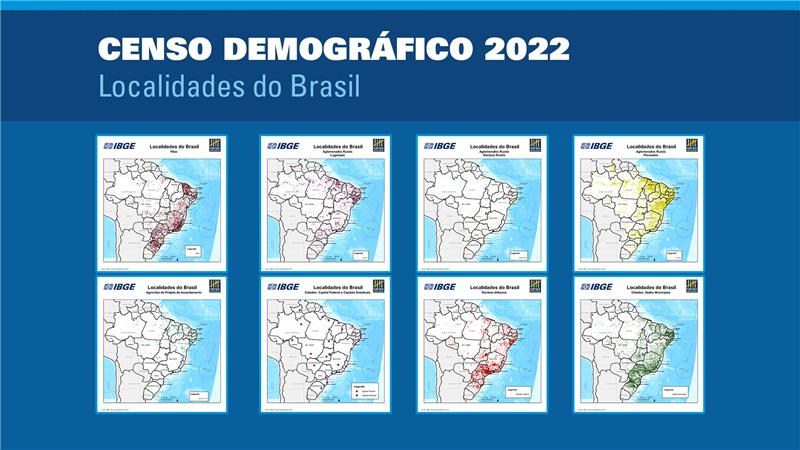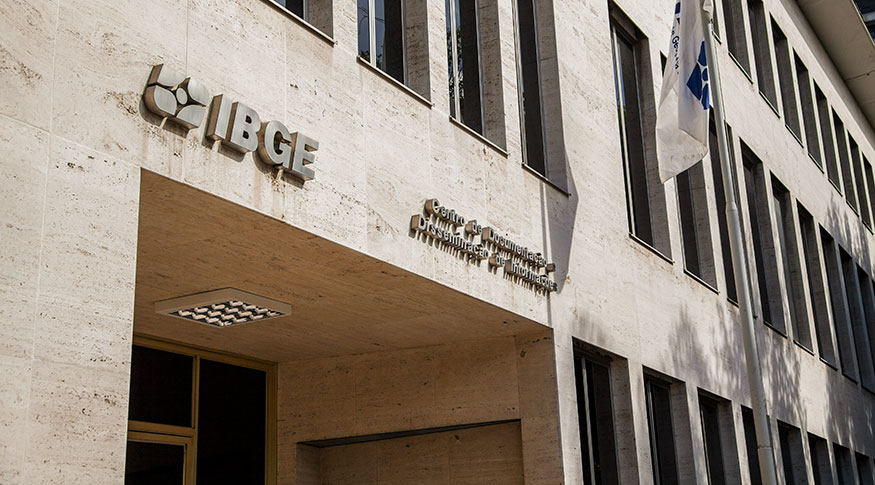IBGE portrays Brazilian urbanization
July 27, 2017 10h00 AM | Last Updated: September 04, 2017 09h21 AM
"Two cities with the same environmental characteristics and equivalent population may grow in a completely different way", explains Pedro Henrique Braga, coordinator of the Urbanized Areas of Brazil 2015 project, released today by the IBGE.
The IBGE outlines an overview of the urbanization process in Brazil in the online publication, which can be used to measure the sustainability of the cities. "We noticed that the population dynamics of each city influences its growth in a deeper way than its relief", clarifies Pedro Henrique.
Read also:
Brazil still has no sustainable cities
Women safety measures sustainable cities.
For example, the project shows that of the 15,167.4 km² of mapped area, 28% are found in three urban concentrations: São Paulo (2,012.2 km2), Rio de Janeiro (1,505.6 km2) and Belo Horizonte (756.6 km2).
"Our objective is to follow up the growth of the cities, how and to where each one expands", says Pedro Henrique, adding that "in the future, we will develop a methodology that will allow geographic data to interact with demographic information from household surveys, like the Census. This correlation will help us to better understand the urban population dynamics".
Project delineates urban concentrations in Brazil
It is an update of the original project in 2005, introducing changes in the methodology as a result of the satellite images. It brings the delimitation of the urbanized areas of 63 urban concentrations in Brazil with a population above 300 thousand inhabitants, as well as the municipalities of Palmas (TO) and Boa Vista (RR), which are state capitals in spite of the smaller population.
The project is aligned with the Sustainable Development Goals - SDGs, established by the United Nations. In particular, SDG 11 establishes that inclusive and sustainable urbanization should be increased up to 2030.
Text: Eduardo Peret
Images: Helena Pontes

















